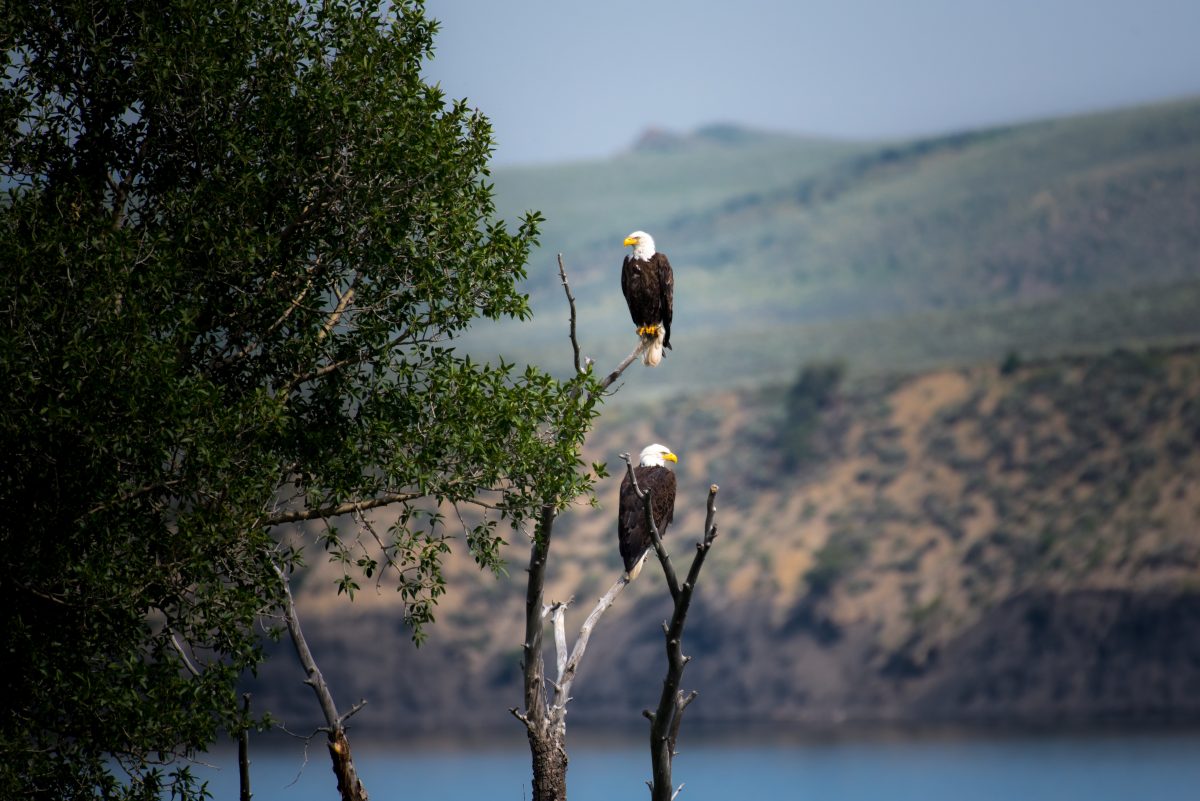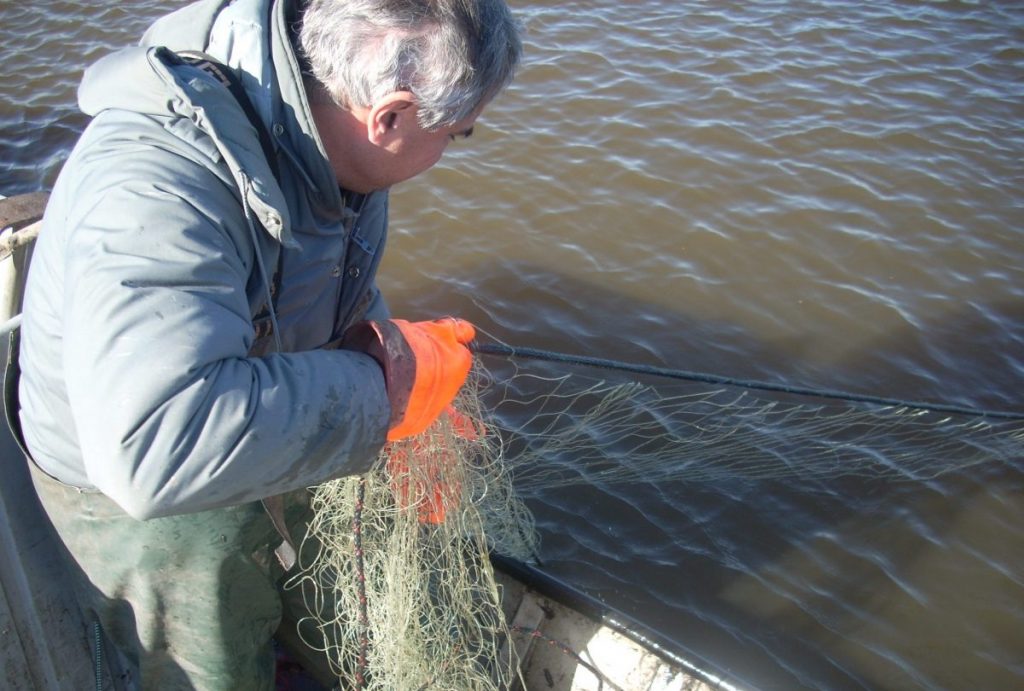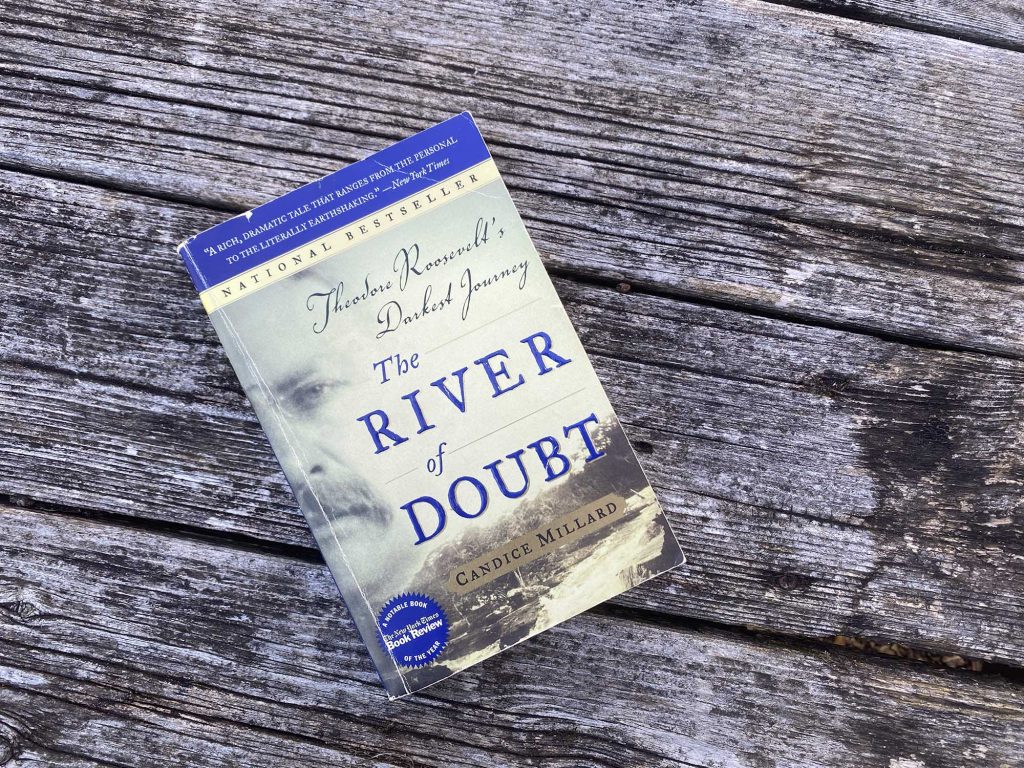Defenders of the Endangered Species Act (ESA) often tout the fact that 99 percent of all species protected by the act have avoided extinction. But the reality is much less optimistic.
“Only about 3 percent of protected species have ever achieved recovery,” says Jonathan Wood, a senior attorney with Pacific Legal Foundation and a research fellow at the Property and Environment Research Center (PERC). Species added to the list essentially sit in a sort of limbo, safeguarded from extinction but not making progress toward recovery.
“Like any other legislation, it’s a mixed bag, which does some things well and some things not so well, and the challenge is to figure out how to preserve what it does well while improving it as a tool to achieve species recovery,” Wood notes.
Most people agree the ESA needs reforming; it’s how to go about it that’s the challenge. According to Wood, proposals to reform the ESA have been introduced in every Congress for at least the last 10 years. “It’s certainly an area that Congress is interested in,” he says. “It’s just finding the consensus to actually pass legislation that’s proved difficult.”
In the meantime, the number of petitions to list species continues to increase, with U.S. Fish and Wildlife Service (FWS) now facing a backlog of more than 500. As threats to species grow — the result of development, climate changes and other factors — this number will only rise. According to a recent study published in Conservation Science and Practice, threats to endangered species more than doubled in the last 40 years.
“I sort of see it as a two-strand rope; the two strands are tightly woven, but most people see only one of those strands — I’m for bears or I’m against bears — and they don’t engage very deeply in either philosophic or policy matters.”
“A lot of people see it as we’re on a collision course with the train speeding down the track toward the wall,” says Susan Clark, Joseph F. Cullman 3rd Adjunct Professor of Wildlife Ecology and Policy Sciences at Yale School of Forestry and Environmental Studies. “That brings into question what we’re doing today and our responsibility — and people want to avoid that. So we just make the assumption that things are going to continue to be OK when they’re probably not. So we use words like sustainability or other kinds of code cover words, when in reality, nothing is sustainable.”
Clark is somewhat of an expert on the ESA and endangered species, considering she’s studied or taught on the subject for 50-plus years and published several books on endangered species. But while she has dedicated her life to this, the majority of people, she says, struggle to engage in these matters.
“We talk in the foreground about grizzly bear numbers and that kind of stuff, but there’s actually a two-tiered discussion underway,” says Clark. “One is sort of philosophic in policy and the other is specific cases. I sort of see it as a two-strand rope; the two strands are tightly woven, but most people see only one of those strands — I’m for bears or I’m against bears — and they don’t engage very deeply in either philosophic or policy matters.”
Another analogy she uses to describe the complexities of recovering endangered species and humans’ view of the issue is an iceberg.
“There’s kind of layer on layer on layer of things involved in endangered species, and we tend to stay on the surface, like the tip of an iceberg,” says Clark. “We tend to stay on the part that’s above the water. We know there’s something down there, but we’re not going to go down there and find out because it would require us to maybe live, think and act in a different way.”
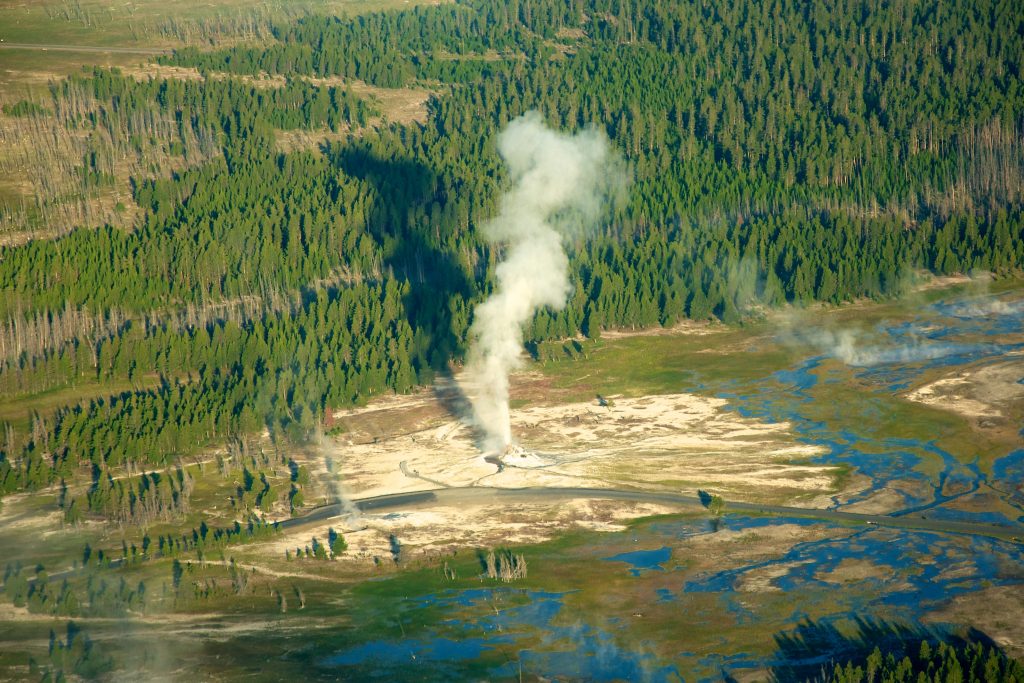
That we tend to see ourselves as separate from the natural world poses a significant challenge to taking a 30,000-foot view of species recovery — and is what Clark calls a “terrible error.”
“Our culture tends to see humans as being exceptional and outside of the laws of nature,” she says. “[That’s] the duality in western civilization, in much of the world, where humans are seen over here and everything else — nature and our environment — is over there.”
Context
To address this pitfall, it helps to think in terms of ecosystems. Defined by Merriam-Webster Dictionary as “the complex of a community of organisms and its environment functioning as an ecological unit,” the term’s first known use was in 1935. But it wasn’t until 1980 that the concept was first applied to the Yellowstone system, now known as the Greater Yellowstone Ecosystem (GYE).
“Over the years, what we have done is include more and more into our understanding of who we are as human beings and animals in the world, and the concept of ecosystem helps us do that,” says Clark, who lives in Wyoming in an area of GYE. “When you think about endangered species, people think about animal X or plant Y, but in fact those species live in an ecosystem, so you have to look at not only the species but the full ecosystem context.”
This context, she notes, includes external factors ranging from human presence to climate and implications for the future.
Under the ESA, FWS is in fact required to consider future impacts when making decisions about whether to list or delist a species. The act defines threatened species as “any species which is likely to become an endangered species within the foreseeable future throughout all or a significant portion of its range.” The problem? Congress failed to define “foreseeable future,” forcing FWS to operate using only its judgement over the years.
“That animal doesn’t exist in a vacuum. It exists in a real complex context, and that context is more than just the physical environment.”
In 2009, however, the U.S. Department of Interior released a report stating that Congress intended the phrase to mean “the extent to which the Secretary can reasonably rely on predictions about the future in making determinations about the future conservation status of the species” — still fairly ambiguous.
In developing recovery plans, Clark says, FWS does something called viable population analysis, which she likens to balancing a checkbook.
“[It’s] a big, complex computer model that looks at births, deaths, environmental variation, genetic variability and catastrophe — five things,” she says. “You get data on those for your species and come up with probability numbers [that] it will survive for 10, 50 or 100 years. But that’s only based on biology and a lot of assumptions. It does not take any of the context into consideration.”
Consider the GYE grizzly bear, she says.
“That animal doesn’t exist in a vacuum. It exists in a real complex context, and that context is more than just the physical environment,” says Clark. “There are hundreds of thousands of people here, and millions of people visit every year. There are 25 counties, three states, national parks, forests, wildlife regions and businesses. All of that is part of the context. So how are we going to save grizzly bears in that context given that [it] is rapidly changing?”
The grizzly bear, which was originally listed in 1975, has been reintroduced in several areas across the U.S. With the GYE population exceeding recovery goals, FWS tried unsuccessfully to delist the species in 2007 and again in 2017 after it had demonstrated that declines in white bark pine — whose nuts are a food source for the bears — were having little to no effect on the species. In 2017, shortly before what would have been a hunt, a judge ruled in favor of environmental groups to reinstate federal protections for the GYE grizzly, stating that the bears still faced significant threats.
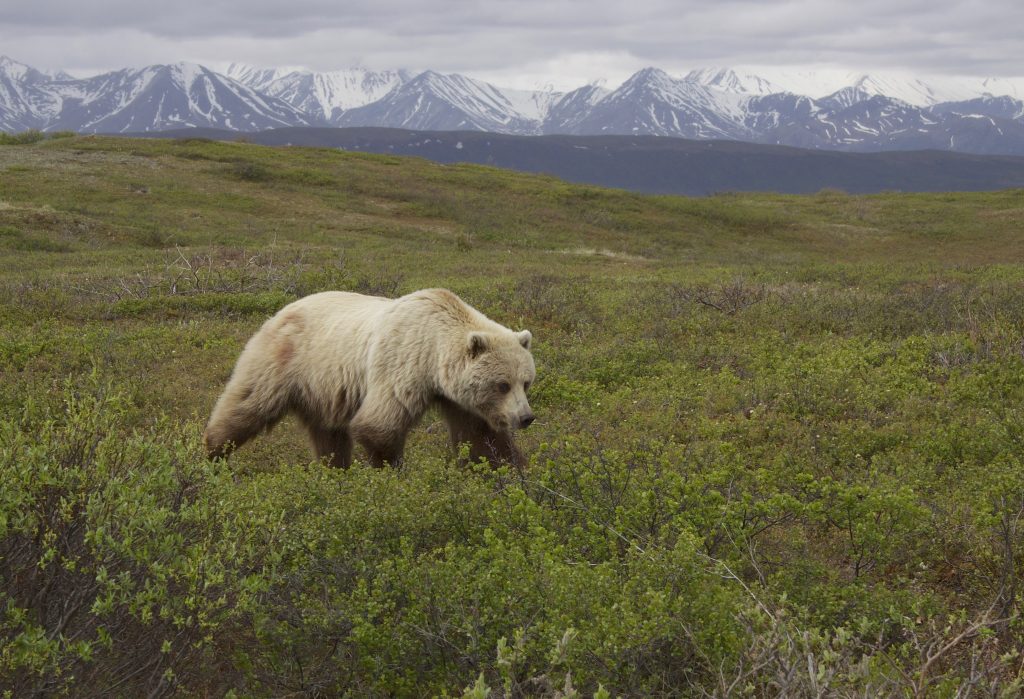
Clark echoes this sentiment: “Even though you may argue that grizzly bears are saved at one nanosecond in time, [considering] the context and how it’s changing, you cannot [have] confidence that they’re going to be secure in the future,” she says.
The battle over the GYE grizzly bear is representative of the complex dilemma facing FWS regarding the ESA and is evidence of the need for improvement. But how are we to protect and recover species in such a rapidly changing world where compromise and agreement are remote?
Legal Battles
Funding, of course, plays a significant role. In addition to the fact that FWS is under-resourced, it is faced with a constant barrage of litigation from environmental organizations like Center for Biological Diversity and Defenders of Wildlife. These take one of two forms: lawsuits brought against FWS for not responding to a listing petition by the deadline or those filed for prematurely delisting or failing to list a species. Not only do these use up critical resources and funding that, hypothetically, could go toward the recovery of species — a separate Justice Department budget exists to cover many of these legal fees — these cases often lead to species remaining on the list indefinitely. Many argue that this is taking funds away from other critically endangered but lesser known species that need it.
“Congress’ basic idea with the ESA is often analogized to an emergency room,” Wood says. “If you have a species that’s truly on the brink of extinction, the idea is to recover it so that it can then be released from the emergency room. It’s not hospice care designed to permanently manage species forever. It’s about dealing with these direct, immediate threats.”
Clark, however, notes that suing is often the best if not only recourse. “It’s usually the only avenue open to people on the outside of the system to try to hold people accountable and responsible,” she says.
Because anyone can petition to list a species and environmental groups often submit what are called “mega-petitions,” which argue for the listing of multiple species in a single petition, reviewing these is arduous and time-consuming. This makes meeting deadlines difficult.
“Petitions always outpace the agency’s resources to consider them and they have pretty tight deadlines under the statute, so we’ve basically had a mess of courts ordering agencies to do things they don’t have the resources to do.”
“For decades, there’s been a ton of litigation over petitions to list species,” says Wood. “Petitions always outpace the agency’s resources to consider them and they have pretty tight deadlines under the statute, so we’ve basically had a mess of courts ordering agencies to do things they don’t have the resources to do, and thus the species that get considered first are whichever ones were arbitrarily selected by courts.”
The Center for Biological Diversity declined our request for an interview on this topic, and Defenders of Wildlife never responded to our request for an interview.
Incentives
When dissected, Wood says the problems with the ESA can largely be whittled down to incentives. As things stand, environmental groups are motivated to sue and landowners are not induced to help protect or restore habitat.
According to Wood, current policies require the government to pay the attorney’s fees for anyone who sues FWS and prevails. Opposed to paying out what the attorney normally charges, the rule sets a higher standard rate.
“So you might have a nonprofit attorney who is paid an hourly rate of, let’s say, $50 an hour, but the court will award attorney’s fees based on an hourly rate of $250 an hour. So there’s a pretty significant profit opportunity in bringing environmental litigation,” says Wood. “That is concerning because that distorts the incentive, so instead of bringing lawsuits because it’s critically important, you create the possibility of just encouraging lawsuits for their own sake.”
But it’s not all doom and gloom. This quandary, Wood says, also presents an opportunity.
“Maybe the answer isn’t political,” he notes. “Maybe the answer is administrative reforms that allow the private sector to do more.” He believes that markets can and should be used to capture the value of and provide resources to promote species recovery.
“The ESA essentially rewards people for trying to use regulation to prevent activity, rather than focusing on creating the positive incentives necessary to promote species recovery efforts,” says Wood. One example he gives is the effort by some Washington, D.C., residents to block the extension of a subway line that would reportedly impact the habitat of an endangered species.
Because plaintiffs are not required to prove their motivation, Wood says people can sue for any reason under the guise of concern for endangered species.

“There are strong incentives for the people who are opposed to that development who don’t want a subway line going through their neighborhood to identify impacts on endangered species and use the ESA to prevent something they might oppose for reasons having nothing to do with endangered species,” explains Wood.
The stringent regulations that accompany the presence of a threatened or endangered species or its habitat — whether it currently exists there or not — in fact deter landowners from playing a role in conserving species. Instead, Wood says, they promote just the opposite.
“If you’re a landowner, it’s actually against your interest to restore habitat for species on your property because if the animal, plant or insect returns to your land, you’re going to be slapped with much more burdensome regulations,” he says. “So one of the concerns of the ESA is that we’re essentially punishing property owners for conserving habitat and conserving species. We’re sending a signal that they should engage in what’s called ‘shoot, shovel and shut up’ — destroying the evidence of a species being on your property before anyone notices it.”
In the case of the dusky gopher frog, which went all the way to the Supreme Court, the animal was not present on the property at the center of the debate, which FWS had designated as critical habitat for the frog. The property owners argued that the land lacked “features necessary for their survival” and that it could not accommodate the species without a “radical” change.
“The hope was that maybe, someday in the future it would be restored as habitat,” says Wood, who represented some of the landowners in this case. “But the problem is that the agency’s approach to trying to get the landowner to do that was to impose regulations that could cost the landowners upwards of $30 million. That’s no way to encourage a landowner to voluntarily restore habitat.”
“It’s been far more effective to go to a landowner and provide some sort of positive incentive to try to encourage that activity, but unfortunately the ESA doesn’t do a very good job of that.”
“It’s been far more effective to go to a landowner and provide some sort of positive incentive to try to encourage that activity, but unfortunately the ESA doesn’t do a very good job of that,” he adds.
Positive Incentives
One of the issues cited by the judge last year for delisting the GYE grizzly bear is the fragmented nature of the grizzly population in the U.S., making it impossible for them to interbreed. He argued that FWS erred when it attempted to delist one population without considering the recovery of other populations in the Lower 48.
“One solution to this challenge would be to encourage the creation of migratory corridors connecting the populations. Unfortunately, keeping the bear listed poses a significant obstacle because many of these corridors would have to cross private land,” Wood wrote in an article on PERC’s website. “So long as the bear remains listed, property owners face burdensome regulations if grizzlies migrate through their land — not to mention the other costs and challenges predators like grizzlies present for ranchers and other property owners.”
He argues that delisting the species would promote collaboration and make it easier to overcome these obstacles. “Government and environmentalists could incentivize property owners to accommodate migratory bears, as American Prairie Reserve’s Cameras for Conservation program does by paying ranchers for the presence of wildlife documented by camera traps,” Wood wrote. “Environmentalists could also reimburse ranchers for any lost livestock, an approach used successfully for gray wolves.”
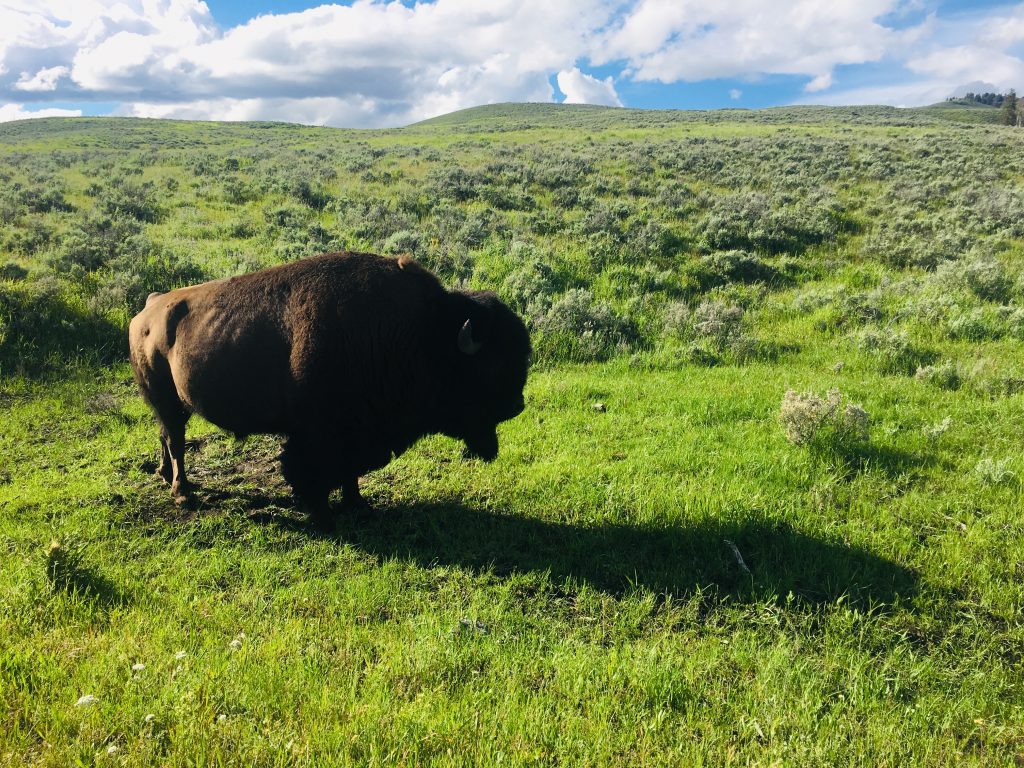
A program created by Defenders of Wildlife paid ranchers for livestock depredations caused by gray wolves “because they knew that their members valued gray wolves a lot and would be willing to pay,” says Wood. “By taking on that burden, they avoided a lot of the political friction that otherwise would have opposed gray wolf expansion.”
He believes that many more opportunities like this exist. The challenge is creating the right incentives so that people agree to compromise “rather than relying on litigation, regulation and political fights,” says Wood.
The good news is that change may be coming soon. Earlier this year, the Interior Department proposed updates to the ESA that would provide better incentives to landowners, states and conservation groups for protecting species. Those are expected to be finalized any day now.
“For 40 years, the agency has had a blanket rule that it would regulate all threatened species as if they were endangered, [thus] eliminating that distinction,” says Wood. “That undermines the incentives for recovery, but the Interior has now proposed a change that I think will improve the incentives by reserving that regulation for endangered species and only regulating threatened species to the extent necessary to conserve them.”
Currently, if a landowner has an endangered species on his or her property, there is very little incentive to contribute to its recovery. “If you do and your efforts succeed and the species is upgraded to threatened, you get no benefit from that. It will continue to be regulated exactly the same way,” Wood explains.
Under the Interior Department’s proposal, regulations would be reduced as a species recovers, or should a species decline, they would become more strict.
“For the first time, landowners incentives will actually be aligned with the interests of species. I think that’s critical for encouraging landowners to protect habitat that exists today and restore habitat that can provide for the recovery of a species.”
“For the first time, landowners incentives will actually be aligned with the interests of species,” Wood says. “I think that’s critical for encouraging landowners to protect habitat that exists today and restore habitat that can provide for the recovery of a species.”
Reforms
PERC also advocates for other market-driven approaches to species protection and recovery, including preventive ones. It encourages states, environmental groups and corporations to work together to avoid the need to list a species and, thus, the costly consequences of doing so. Wood notes several successful examples of this.
“The states of Texas and New Mexico developed a plan: They went to oil, gas, solar and wind companies and said, ‘Look, you’re not going to be able to continue [as is] if this species is listed. Let’s negotiate a program that lets you continue in exchange for funding efforts to protect habitat or restore habitat elsewhere,’” explains Wood. “And that program has been tremendously successful.”
Another approach is allowing those who place the most value on endangered species or who would benefit most from a prompt listing decision to contribute by helping expedite the process. Wood cites as an example what happened with pharmaceuticals under the FDA.
“For years, the FDA wasn’t able to approve new drugs in a timely manner, which naturally meant that companies couldn’t sell the drug and people couldn’t benefit from the cures that had been developed. Although the pharmaceutical companies were initially resistant to contributing to that, they did agree to a compromise and now benefit from much faster approvals and are now the biggest supporter of that program,” he says. “Well, one way to fix the [ESA] listing problem is to allow petitioners to contribute whatever the cost of reviewing a petition would be.”

Similarly, PERC supports a process developed under the Obama administration designed to prioritize petitions. It is “based on the degree of threats that species face, the quality of the science and whether state and private conservation efforts are ongoing,” Wood wrote in an article for The Hill.
“[It] basically created a five-factor test to look at petitions and prioritize those where the science was extremely well developed and the species was critically endangered and to deprioritize those where the science was murky and there were already state efforts [in place] to conserve the species or threats were really remote,” says Wood.
In addition to the Interior Department’s proposed changes, lawmakers last year introduced several bills to amend the ESA. However, because these did not pass in the last session, they would have to be reintroduced, and with a divided Congress, Wood says this is highly unlikely.
___
As with anything, Clark says it’s important that we are aware of what we bring “in our heads” to the debate over endangered species recovery — something that she says is not being talked about but that needs to be if we are to make any progress.
More than just hoping that a species will recover, we have to be pragmatic, Clark notes.
“It’s not about hope. It’s about what I call pragmatic hope. Pragmatism is about understanding and dealing with the real world,” she says. “It may feel good to … tell yourself we’re being hopeful and optimistic, but it has nothing to do with understanding real problems and dealing with them. We have to be pragmatically hopeful — with the emphasis on pragmatic.”

